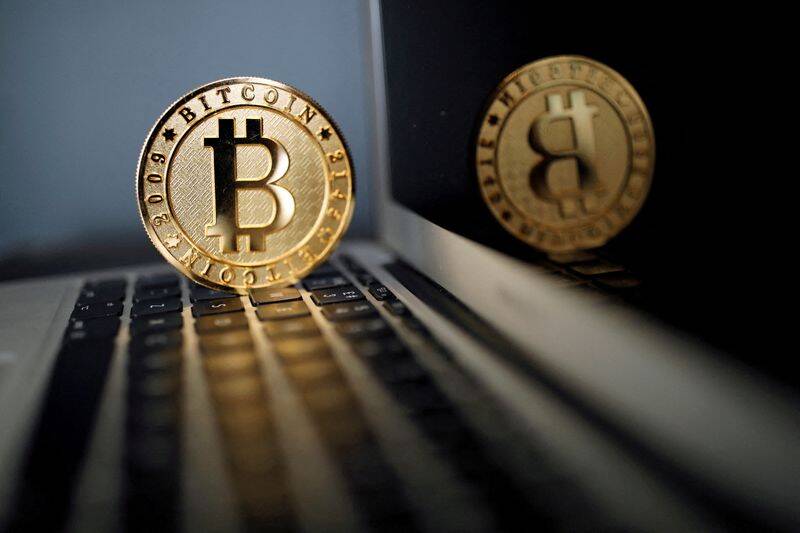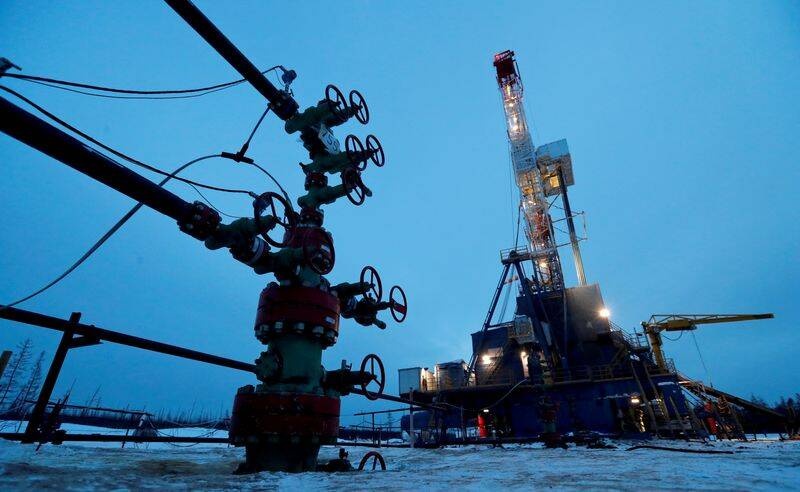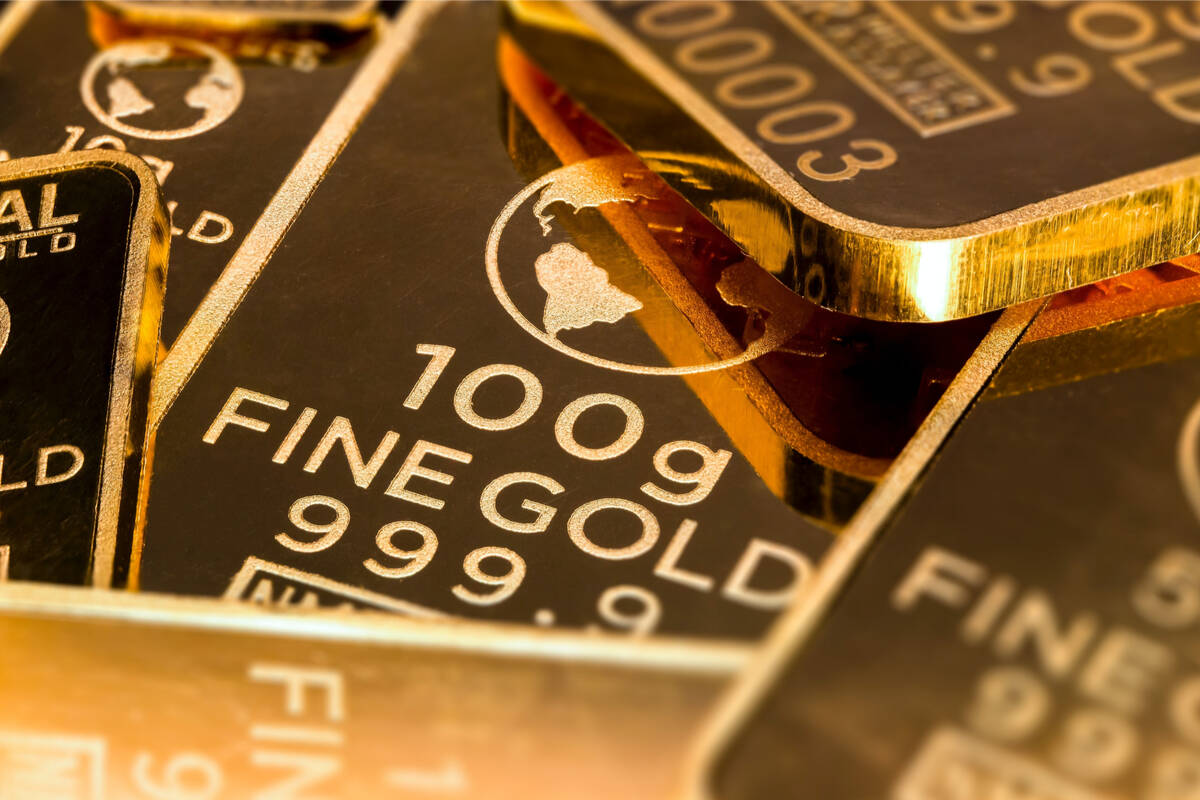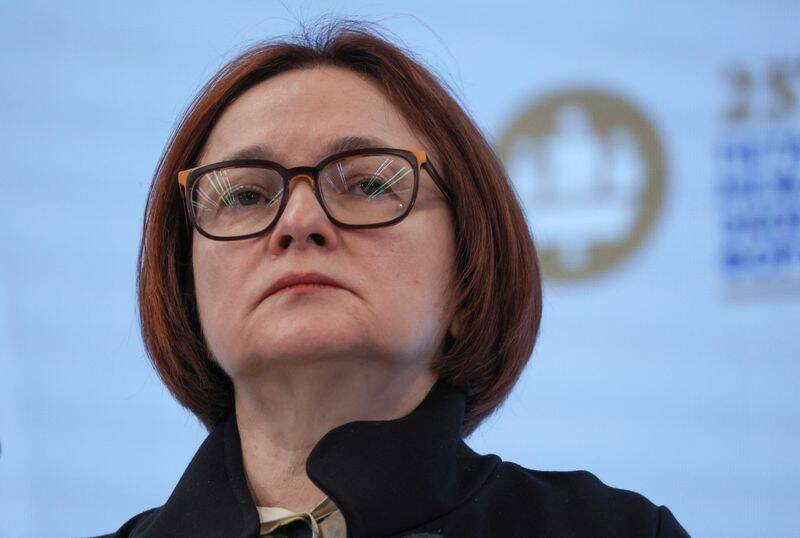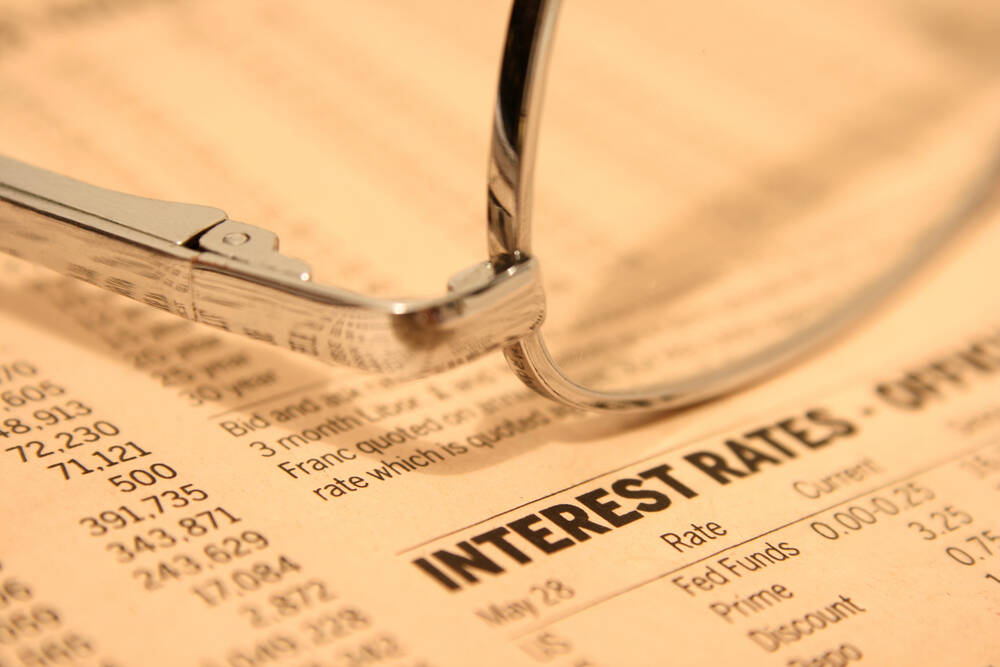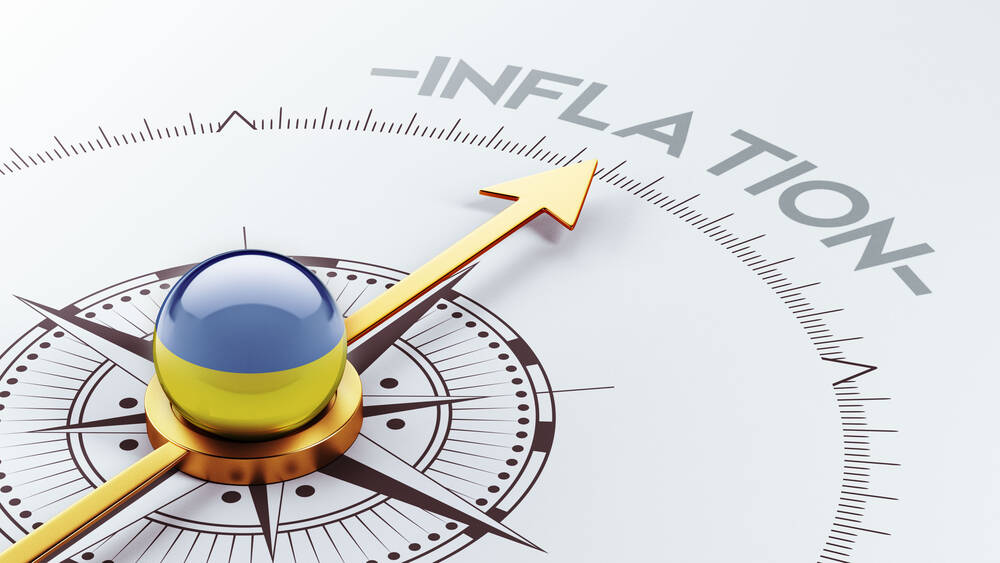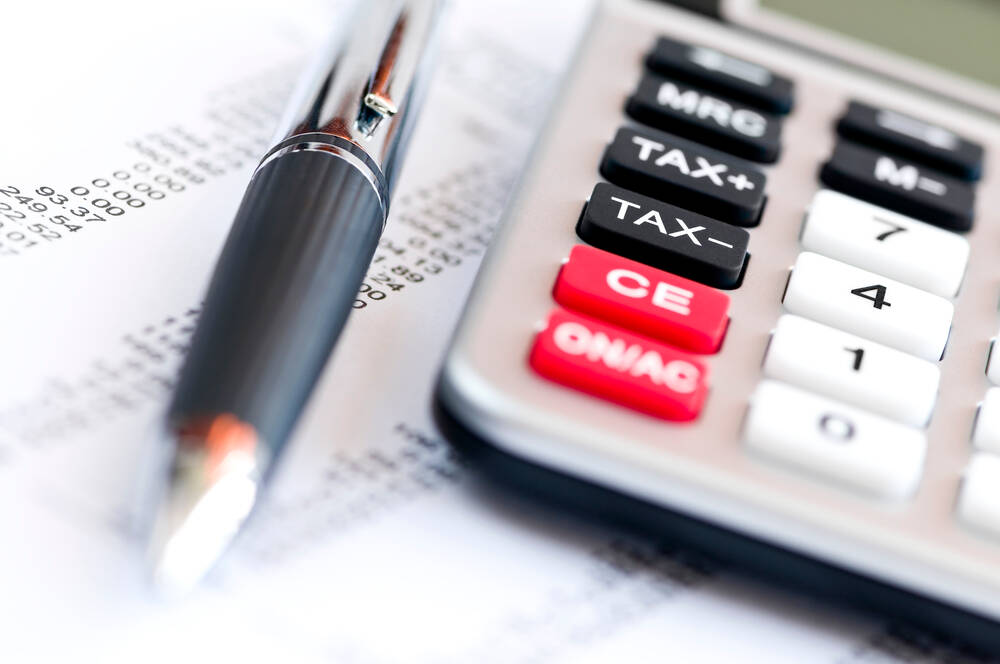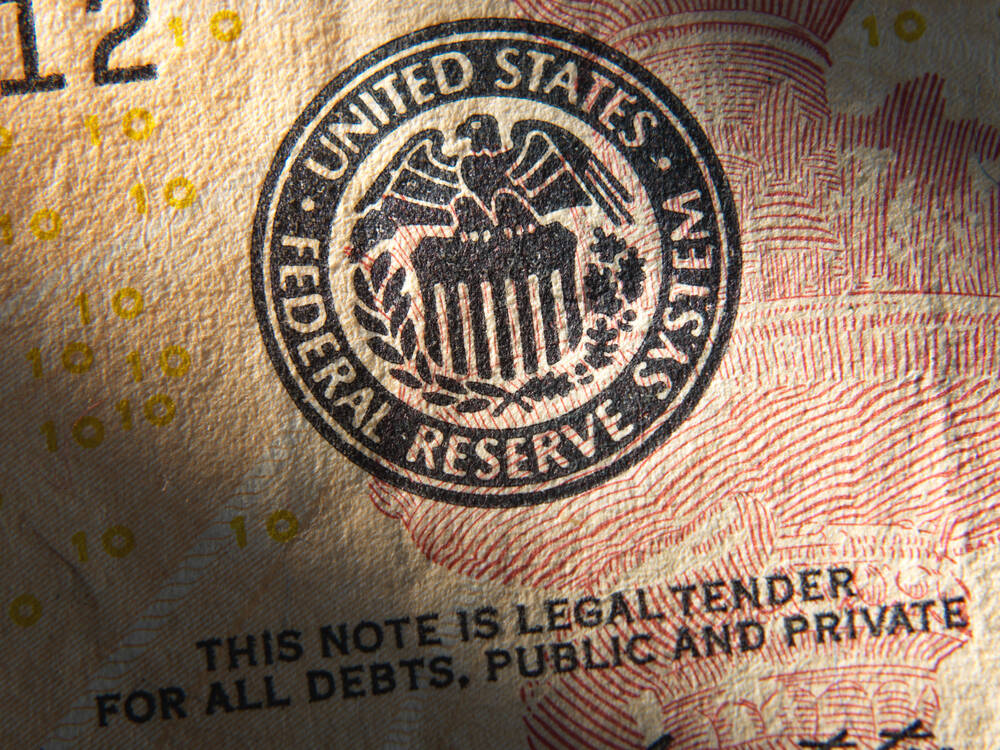Advertisement
Advertisement
Search Indicator:
Choose Country 
Sweden Inflation Rate
Last Release
Mar 31, 2025
Actual
0.5
Units In
%
Previous
1.3
Frequency
Monthly
Next Release
N/A
Time to Release
N/A
Highest | Lowest | Average | Date Range | Source |
15.5 Oct 1980 | -1.6 Sep 2009 | 3.57 % | 1980-2025 | Statistics Sweden |
In Sweden, the most important category in the consumer price index is Housing and Utilities (23 percent of total weight). Food and Non-Alcoholic Beverages accounts for 14 percent; Transport for 14 percent; Recreation and Culture for 12 percent; Restaurants and Hotels for 7 percent and Miscellaneous Goods and Services for 7 percent. Furniture, Household Goods and Maintenance; Clothing and Footwear; Alcoholic beverages and Tobacco; Health; Communication and Education account for the remaining 22.5 percent of total weight.
Latest Updates
Sweden’s annual inflation rate fell to 0.5% in March 2025, confirming initial estimates, from 1.3% in February. This marked the lowest reading since December 2020 and the eighth consecutive month that inflation has remained below the Riksbank's 2% target. The slowdown in prices was particularly evident in clothing and footwear (1.4% vs 3.8% in February) and recreation and culture (0.6% vs 2.2%). Additionally, costs dropped further for housing and utilities (-2.8% vs -0.4%) and transport (-2.1% vs -0.8%). On the other hand, food inflation accelerated to a sixteen-month high (5.4% vs 3.9%), led by higher prices for coffee, chocolate, and dairy products. Meanwhile, the CPI with a fixed interest rate, the Riksbank’s target variable, rose by 2.3% in March, aligning with preliminary figures and easing from February’s one-year high of 2.9%. On a monthly basis, consumer prices decreased by 0.7% in March, the first decline since August 2024, reversing a 0.6% rise in the previous month.
Sweden Inflation Rate History
Last 12 readings
